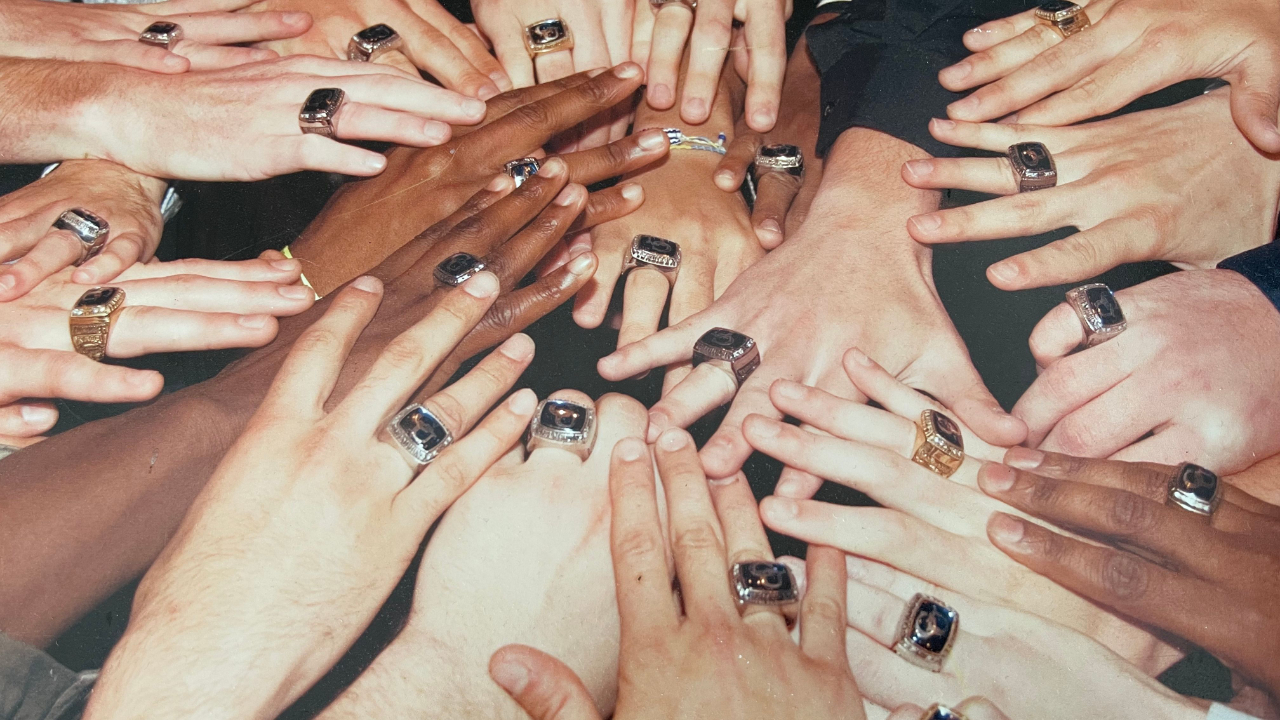Diversity is Good for the Bottom Line
Jan 31, 2023
In 1997, Tiger Woods won the Masters. It was quite amazing. Tiger strolling down the fairway of Augusta National Golf Course was a seminal moment in history. Until 1990, Black people weren’t even allowed to be a member at that course. Tiger Woods not only became the first ever Black man to win the Masters, he transformed the industry of golf. His impact is often referred to as the Tiger effect.
After Tiger entered the golf scene, TV viewership increased by 50%. Twenty-five percent of the new viewers were non-white. Two thousand new golf courses would be built over the next decade. Maybe 10 golfers could earn a million dollars a year befoer the Tiger effect. Post-Tiger, over 150 golfers earned 10 million dollars a year. A whole new audience of diverse golfers came to the sport.
If you have any doubt as to whether diversity is good for business, just take a look at Nike Golf. Before Tiger, there was no such thing as Nike Golf. When Nike partnered with Tiger to launch this new line, he brought 4.5 million new customers to the brand. In golf ball sales alone, Tiger added 60 million dollars in profit to Nike. A lot of folks might be hesitant to add diversity to their teams because they think it’s just a feel good thing.
I want to remind you it’s also good for the bottom line.
A study by Harvard Business Review found that teams with a member who shares a client’s ethnicity is 152% more likely to understand that client. If you want to talk about what can help you close a deal, the answer seems pretty straight forward. Researchers at Deloitte have found that organizations that were diverse had 2.3 times higher income per employee than non-diverse organizations.
Simply put, adding or including employees of varying cultural backgrounds to a team puts money in your pocket.
We know that diverse teams are better at problem solving. They offer broader perspective and bring more information to the table. So, why is there hesitation to create diverse teams? There is a common bias that diverse teams lead to conflict. We prefer to go with the flow. This bias is called the fluency heuristic. To get past this bias, we have to tolerate dissent and allow time for listening and reconsidering. Teams where all members are alike (homogenous) are prone to groupthink and leaning on tradition; whereas, diverse teams generate divergent thinking that increases profits through innovation and attracting new markets. Your initial discomfort will pay dividends in growth and preparation for the future.
Need more proof? A revealing 2009 study of fraternity and sorority members published in Personality and Social Psychology Bulletin offers a remarkable window into the workings of diverse and homogenous teams. Fraternity and sorority membership conveys a powerful group identity, much like political or religious affiliation, and consequently can create a strong sense of similarity (or dissimilarity) with others. In the experiment, teams were asked to solve a murder mystery. First, students were individually given 20 minutes to study the clues and pinpoint the likely suspect. Next, they were placed into teams of three with fellow members from the same Greek house and given 20 minutes to discuss the case together and provide a joint answer. Five minutes into the discussion, however, they were joined by a fourth team member, someone from either their own house or another one. After collectively naming their suspect, members individually rated aspects of the discussion. More diverse groups — those joined by someone from outside their own fraternity or sorority — judged the team interactions to be less effective than did groups joined by insiders. They were also less confident in their final decisions. Intuitively, this makes sense: On a homogenous team, people readily understand each other and collaboration flows smoothly, giving the sensation of progress. Dealing with outsiders causes friction, which feels counterproductive. But in this case their judgments were starkly wrong. Among groups where all three original members didn’t already know the correct answer, adding an outsider versus an insider actually doubled their chance of arriving at the correct solution, from 29% to 60%. The work felt harder, but the outcomes were better. In fact, working on diverse teams produces better outcomes precisely because it’s harder.
My National Championship winning team pictured here sporting their bling, was one of my most diverse teams ever. There were players from the heart of the Midwest, both coasts, Europe, South America and the Caribbean. Together we achieved what others thought was impossible.
So, I encourage those of you who are in leadership positions to make bold moves towards inclusion. Today’s blog is a call to personal reflection to check your bias and see whether you prefer to go with the flow or if you are willing to challenge the status quo.
Today’s blog is the first instalment in a four-part series to honor Black History Month. Stay tuned for How to Attract Diverse Talent, Identifying & Challenging Bias at Work and Building a Culture of Inclusivity.


